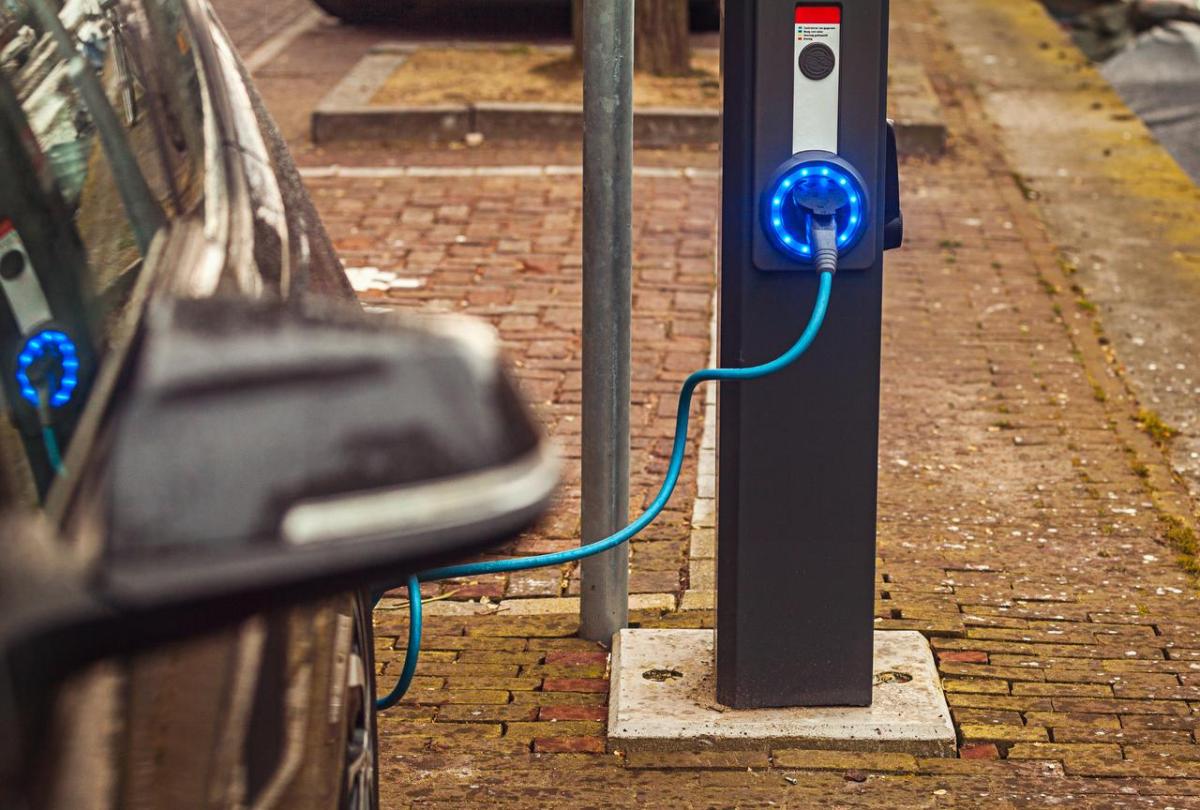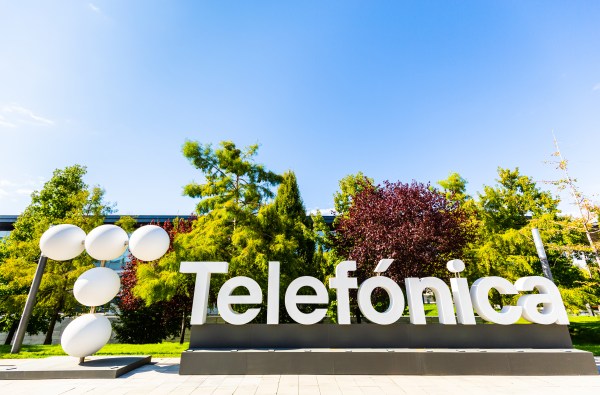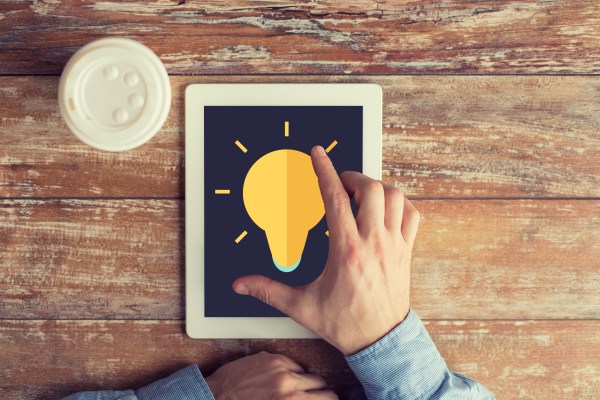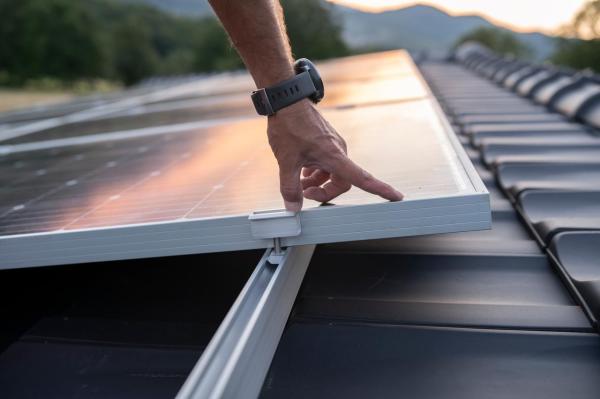We are going to explain to you in a simple way what hydropower is, what role it plays in terms of sustainability and renewable energy production and what its advantages and disadvantages are. In short, what challenges it faces and whether we can count on it to achieve the zero emissions target set by the European Union’s Green Pact by 2050.
What is hydropower?
Hydropower is the first step in generating electricity in a clean and sustainable way. Hydropower harnesses the movement of water and its transport through canals and pipes to produce mechanical power, whether in rivers, streams, sea currents, etc.
Subsequently, the mechanical energy that has been obtained through the movement of huge turbines is converted into electricity in hydroelectric power plants through a rotating electric generator or alternator. The terms hydropower and hydroelectric power are often used in the same breath, but there is a nuance. To understand: hydropower converts the flow of water into mechanical energy; mechanical energy is converted into electricity in hydropower plants.
These are the most common types of hydroelectric power plants we can find today. All of them produce more than 2,000 TWh of energy, which represents 7% of the total energy worldwide, according to data from the Junta de Castilla y León.
- Run-of-river hydroelectric power station. This type of power station does not have a reservoir or dam to store large quantities of water before it reaches the turbines. It is the natural flow of the river, stream or any other natural energy source that is used to turn the turbines and produce electricity. The production of electricity in this type of power plant depends on the natural flow of water and can be affected by the weather.
- Reservoir hydroelectric power plant. In this type of hydroelectric power plant, water is stored in a reservoir, which may be natural or dammed. It then travels through pipes to drive turbines to generate electricity and then returns back to the river. In this type of power plant, the amount of water that travels can be controlled to generate electricity at will.
- Storage hydroelectric power plant. Also known as ‘pumped-storage hydro’, this type of power plant can be confused with the previous one because the flow of water is also controlled to generate electricity depending on demand. However, in this power plant, energy is not only produced through the flow of water driving the turbines: it can also store it to meet energy demand when it is higher and save it when it is lower.
- Pumping or reversible plants. In this case, there are two reservoirs located at different levels. When the demand for energy rises, these two reservoirs operate as we have already seen, with water falling from the upper reservoir turning the turbines, remaining stored in the lower reservoir. When there is less demand, the water returns from the lower reservoir to the upper reservoir and the cycle starts again. This is a type of power plant that uses resources very rationally.
In addition to these four power plants, there is also a mini-hydro power plant, which produces electricity for small communities, a micro-hydro power plant, which is even smaller and supplies power to rural homes and remote areas, and a tidal power plant, which harnesses the movement of tides and ocean currents.
Advantages of hydropower
According to Intermón Oxfam, hydropower (and therefore hydroelectric power) offers three major advantages when it comes to producing clean energy that can help our planet combat climate change.
- It is flexible energy. This means that, thanks to the fact that the amount of water that passes from its natural or artificial source to the turbines can be controlled, the generation of energy is always adapted to the needs of the moment, thus avoiding waste. Likewise, the stored water, in addition to being used to produce energy, can also be used to supply the surrounding communities in case of need.
- It is clean energy. The production of electricity through the use of water does not produce waste. This does not happen with other energies, such as nuclear or fossil fuel energy, which is the main cause of climate change.
- It is a safe energy. Due to the high safety standards of dams and reservoirs, accidents due to water leaks are nowadays very unlikely, which makes hydropower and hydroelectric energy a very safe alternative.
Disadvantages of hydropower
- The construction of dams has a large environmental impact: it can alter aquatic habitat, flood previously dry areas, may require the expropriation of land, leading to the relocation of local communities, changes in water quality, etc.
- The cost of building a hydropower plant is very high.
- Hydropower production will depend on the amount of rainfall in the area: in periods of drought, electricity production can drop considerably.
- Not just any piece of land is suitable for building a dam, which limits the availability of space for renewable energy generation.
In summary, the development of hydropower and hydroelectric energy is essential to generate a clean and sustainable type of energy capable of competing with the current fossil fuel model. However, all the challenges involved must be taken into account. Hydropower can give us the opportunity to achieve a more sustainable planet, a home of which we and the generations to come can be proud.









